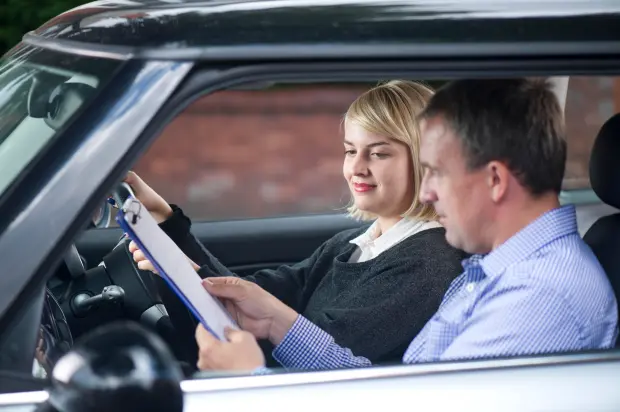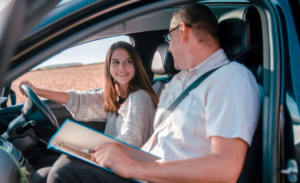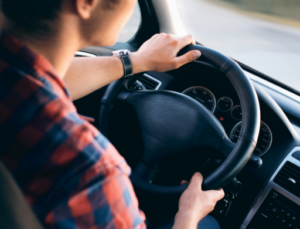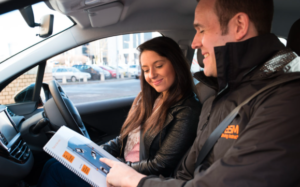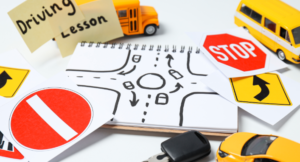Passing the change practical driving test is a crucial step toward obtaining a full driving license in the UK. However, changes to the practical driving test can impact both learners and instructors, as these modifications often introduce new rules, expectations, and requirements. As a result, both learners and instructors need to stay updated on these changes to ensure they are fully prepared for the test. These updates may involve adjustments to the way certain maneuvers are tested, the introduction of new safety assessments, or changes in how the test is structured to reflect modern road conditions.
Recent Change Practical Driving Test
The UK practical driving test has undergone various changes over the years to ensure drivers are well-equipped for modern road conditions. These changes aim to assess better a learner’s ability to handle real-life driving scenarios, taking into account the increasing complexity of today’s roads and traffic. Some recent modifications to the change practical driving test include new elements that focus on skills such as navigating through complex road systems, managing various traffic situations, and demonstrating advanced car control. These updates also include changes in the types of maneuvers tested, like parallel parking or emergency stops, to ensure that drivers are capable of safely driving in a variety of environments, such as busy city streets or rural roads.
- Longer Independent Driving – The independent driving section has been extended from 10 to 20 minutes, testing how well candidates navigate without directions from the examiner.
- Use of Sat Nav—Most candidates are now required to follow directions from a Sat Nav during the test to simulate real-world driving conditions.
- Updated Manoeuvres – The traditional ‘reverse around a corner’ and ‘turn in the road’ have been removed. Instead, drivers may be asked to park in a bay or pull up on the right-hand side of the road and rejoin traffic safely.
- Safety Questions While Driving – The examiner may ask a ‘show me’ question while driving, such as demonstrating how to use the windscreen wipers.
Why the Practical Driving Test Changed
The updates aim to improve road safety and ensure new drivers have the skills to handle real-world situations. Key reasons for these changes include:
- Modern Driving Habits – Sat navs and independent driving are now a common part of daily travel.
- Reducing Road Accidents – The changes focus on improving hazard perception and situational awareness.
- Reflecting Real-Life Scenarios – New maneuvers test practical skills that drivers use frequently.
How to Prepare for the Updated Practical Driving Test
To increase the chances of passing, learners should focus on:
Practicing Independent Driving
- Spend more time driving without instructor guidance.
- Follow road signs and use a sat nav to improve navigation skills.
Mastering New Manoeuvres
- Learn bay parking in different scenarios (forward and reverse).
- Practice pulling up on the right and rejoining traffic safely.
Getting Comfortable with Sat Navs
- Use a sat nav during lessons to get used to voice commands.
- Avoid distractions while following directions.
Preparing for Safety Questions
- Learn the ‘show me, tell me’ questions.
- Be ready to demonstrate basic vehicle functions while driving.
Common Mistakes to Avoid During the Driving Test
Even experienced learners can make mistakes that result in a failed test. Here are some common errors:
- Not Checking Mirrors Often Enough – Examiners expect frequent mirror checks, especially before turning or changing lanes.
- Poor Road Positioning: Staying too close to the curb or too far into another lane can cause faults.
- Failing to Respond to Road Signs – Speed limits, stop signs, and pedestrian crossings should always be observed.
- Lack of Confidence in Manoeuvres – Hesitation or incorrect execution of parking and reversing can impact the test result.
What Happens If You Fail the Practical Driving Test?
Failing the test can be frustrating, but candidates can reapply after 10 working days. To improve for the next attempt:
- Analyze the Feedback – The examiner provides a report with details on major and minor faults.
- Book More Lessons – Work on weak areas with a professional instructor.
- Practice in Various Conditions – Drive in different weather and traffic situations to gain confidence.
Key Tips for Passing the Driving Test
To improve the chances of success:
- Stay Calm and Confident – Nervousness can lead to simple mistakes.
- Understand Test Routes – While routes vary, practicing in the test area helps.
- Follow Examiner Instructions Carefully – Always listen and respond accurately.
- Check Blind Spots Regularly – Especially before changing lanes or pulling out.
Conclusion
Understanding the changes to the practical driving test is essential for learners aiming to pass on their first attempt. Candidates can improve their chances of success by practicing independent driving, mastering new maneuvers, and staying aware of common mistakes. Effective preparation with professional lessons and mock tests can make a significant difference.
FAQs
What are the main changes to the UK driving test?
The test now includes a longer independent driving section, sat nav usage, new maneuvers, and safety questions asked while driving.
Do all candidates have to use a sat nav during the test?
Most candidates will follow a sat nav, but some may still be asked to follow road signs instead.
Can I fail if I don’t answer a safety question correctly?
No, but incorrect answers may count as a minor fault.
How long is the practical driving test?
The test lasts around 40 minutes and includes independent driving and maneuvers.
How many faults can I have and still pass?
You can have up to 15 minor faults but no major or dangerous faults.What happens if I make a mistake during the test?
Keep driving as normal; minor mistakes may not lead to failure unless they become serious.
How can I improve my chances of passing?
Practice regularly, get familiar with sat navs, and take mock tests to build confidence.
Can I drive home after passing my test?
Yes, as long as you have insurance, you can drive alone immediately after passing.
How We Can Help You
If you’re preparing for the changes to the practical driving test we offer the following:
- Expert Driving Lessons – Tailored to cover the latest test updates.
- Mock Driving Tests – Simulating real test conditions.
- Personalized Feedback – Identifying areas for improvement.
Contact us to book a lesson and increase your chances of passing!

